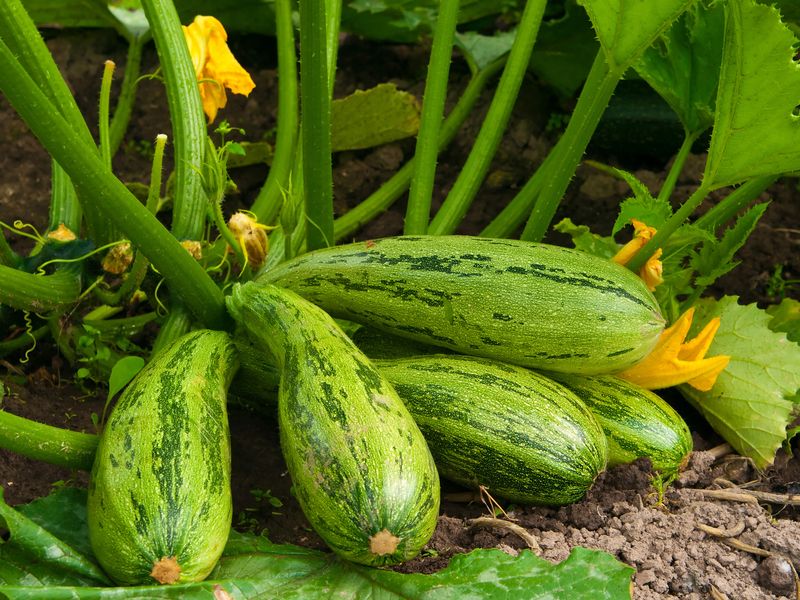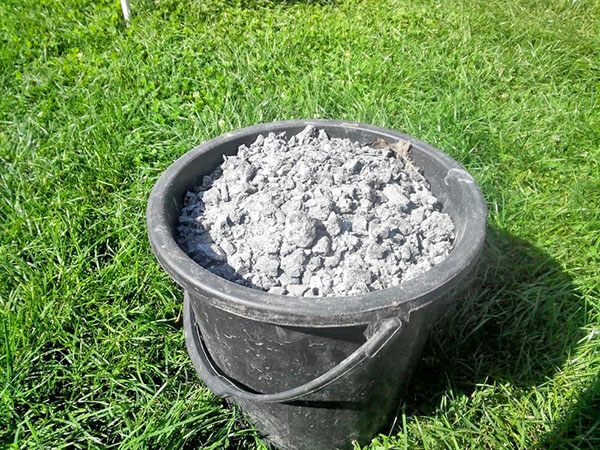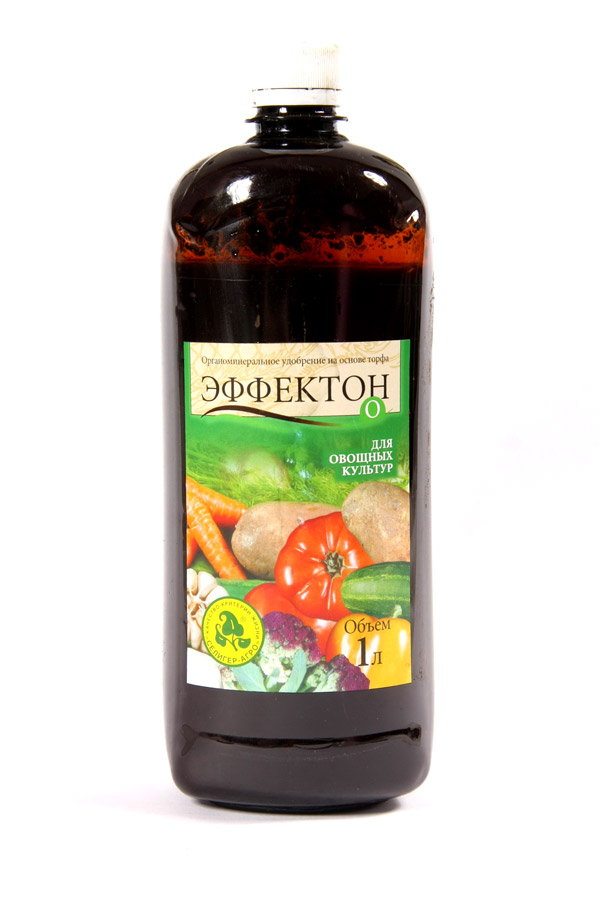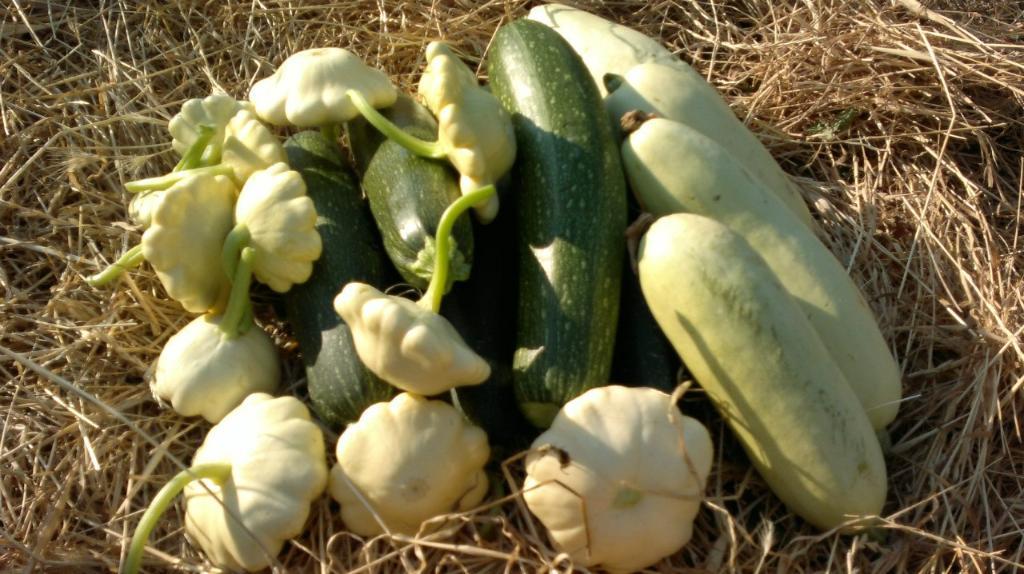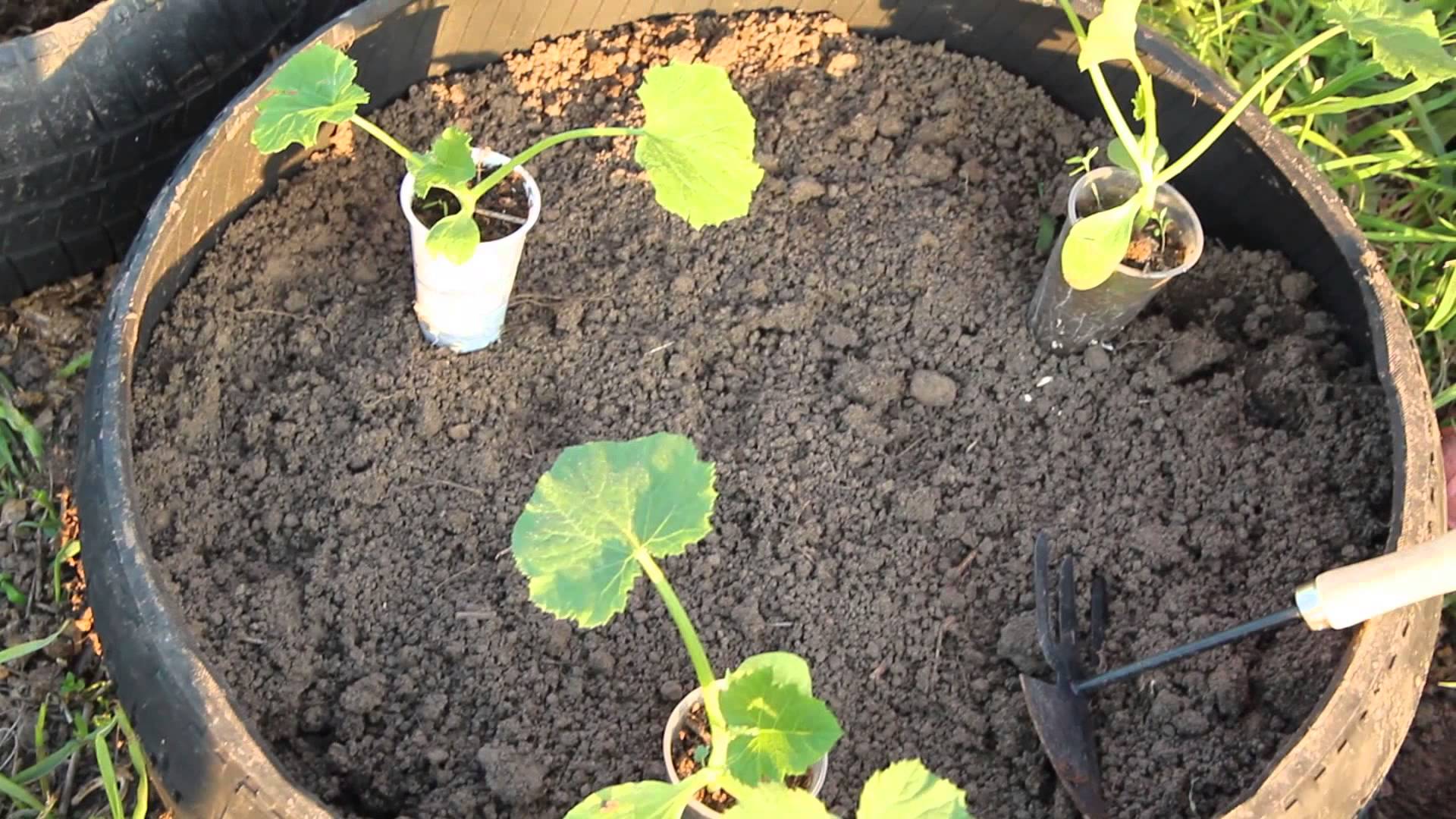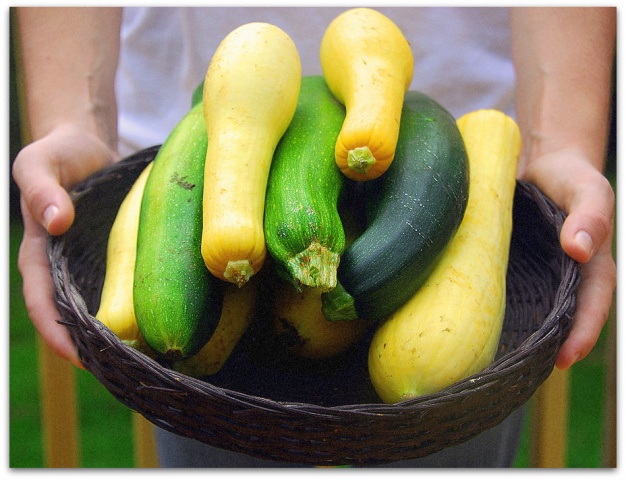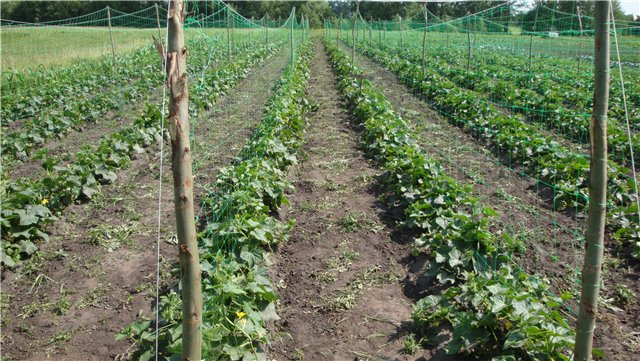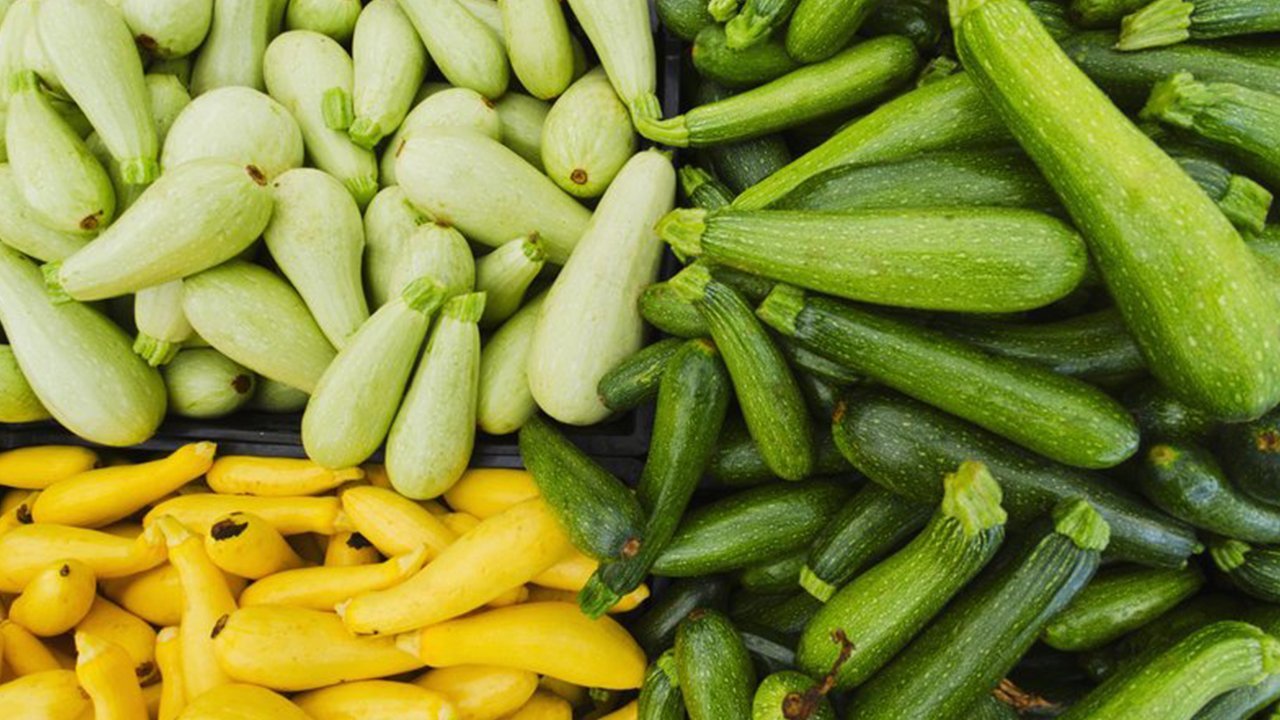Content:
Zucchini is one of the early ripening vegetables that adapt well to any climatic conditions that do not require special growing conditions.
The Russian varieties of this plant differ from foreign varieties: a relatively short growing season. They are more suitable for growing in the central and northern regions of the Russian Federation. Varieties from other countries are designed for warmer climates. Knowing how to feed the zucchini and providing them with proper care, you can harvest good harvests every year, even in cool regions.
Optimal conditions for growing zucchini
Zucchini is not a very whimsical plant, but some of the cultivation features are worth considering.
The place for planting should be sunny, as insufficient lighting reduces the yield by more than 10 times due to the appearance of "barren flowers" on the plant - male flowers and sterile pollen.
Planting distances between zucchini - up to 70 cm to avoid self-shadowing; for the same purpose, a third of the leaves of the plant is removed.
Zucchini is a thermophilic crop. In order for the seeds to sprout, the temperature must be at least 15 degrees, and for the full growth of the plant - at least 20 degrees; otherwise, the squash does not develop. Especially important is warmth during flowering and fruiting; at temperatures below 10 degrees, the ovaries are not fully formed. In cold weather, the vegetable needs shelter.
The plant is demanding on fertility and soil composition. Sandy loam and light loams are most suitable for him. Heavy soil and waterlogged soil, as well as fresh liming, are contraindicated.
Planting vegetables should be done from the west to the east, and place them with a slope to the south.
For planting bushes in open ground, they choose the time when the spring frosts end, usually at the end of May. If you want to get an early harvest of fruits, squash is planted in a greenhouse.
Experts recommend planting seedlings on last year's compost heap.
When caring for a squash, you must:
- Loosen the soil after each watering, stop loosening during the fruiting period;
- Weed weeds only in young bushes; when they grow, there is no need to weed;
- Remove large bottom sheets that interfere with lighting and ventilation;
- If the plant is damaged by pests, immediately use the means to combat them.
How to feed zucchini for growth
Zucchini seedlings are fed after 14 days if the soil is nutritious, and once every 7 days when using purchased peat soil, alternating different types of fertilizers. Only under this condition can the seedlings grow healthy and get stronger.
Fertilizer for zucchini when planting is applied to the hole, compost or humus is used up to 2 kg per one bush and wood ash - up to 30 g per plant. The vegetable receives the next portion of additional nutrition after the bushes adapt in a new place and begin to grow, with fertile soil - only during flowering.
Fertilizing zucchini in the open field is an important point when growing this vegetable, it is done up to three times during the growing season.
How to feed zucchini seedlings
The same as for adult plants, but the portion of fertilizer is half as much.
Folk remedies are more affordable and safer fertilizers for zucchini.
- Infusion from a bucket of water and 1/2 liter of a can of manure. Add 1 liter of funds per bush. It is worth adding manure - and zucchini start up with renewed strength.
- Urea solution: 1 tbsp. l. on a bucket of water.
- Spraying with infusion of onion peel. They can not only effectively and cheaply feed a vegetable, but also provide disease prevention.
- Infusion of yeast, it attracts pollinators - insects. The product is prepared from 30 g of yeast, half a glass of granulated sugar and 3 liters of warm water. After fermentation, the solution is diluted with a bucket of water and used to water the bushes. Yeast can be replaced with bread. You can also add iodine, up to 10 drops per bucket.
Thinking about what it is worth feeding zucchini for growth, you can use the folk method based on the use of a solution of wood ash. Proportions - 1 tbsp. l. on the bush. Zucchini ash can be used dry, just sprinkled under the plant.
Useful for plants is herbal infusion made from chopped plant residues and weeds with the addition of yeast. After fermentation for several days, a solution of the color of weak tea leaves should be obtained.
Superphosphate and potassium sulfate is a part of mineral fertilizers, it is used at the rate of up to 80 grams per 1 sq. M.
Vegetable growers recommend using nitrophosphate as a fertilizer when planting zucchini in open ground, one tablespoon of which is dissolved in a bucket of water. You can replace it with special drugs Effekton, Agricola, Rossa Buton, Kemira.
The introduction of nutrients will be provided by a self-prepared mixture of superphosphate, which is taken in an amount of 30 g, and boric acid - 1 g. We feed by spraying vegetable leaves or watering at the root.
It is important to know how to fertilize zucchini in the open field, but the timing of fertilizing is no less important:
- The first feeding of seedlings - when the third leaf appears; preference - nitrogen fertilizer;
- Application of fertilizers when digging the soil for permanent planting: for 1 square meter of ammonium nitrate up to 20 g, it can be replaced with superphosphate or potassium sulfate;
- The next top dressing is when fruiting, you need to add more magnesium and potassium.
Domestic zucchini varieties have the following features:
- They have a higher nutritional value than foreign ones; with a lot of vitamins, sugar, pectin;
- Less nitrate accumulation;
- More suitable for growing in the climatic conditions of our country;
- Can be stored longer;
- Can be processed and preserved;
- They are inferior to foreign varieties in terms of presentation, thickness of pulp, narrow skin and size of the seed chamber;
- They grow quickly and need frequent harvesting of fruits.
When choosing a place for growing zucchini, do not forget that:
- The best predecessors are cabbage, tomatoes, legumes, root vegetables and onions;
- You can not plant a vegetable in the garden after any crops of the pumpkin family;
- The plant is returned to its original place no earlier than after 5 years.
If these rules are observed, the vegetable will grow better, its leaves will not turn yellow, and there will be fewer barren flowers.
Zucchini belongs to pumpkin plants, unlike its counterparts, it is more hardy and unpretentious. Knowing how to fertilize zucchini and observing the timing of fertilizing, you can harvest an impressive harvest.
